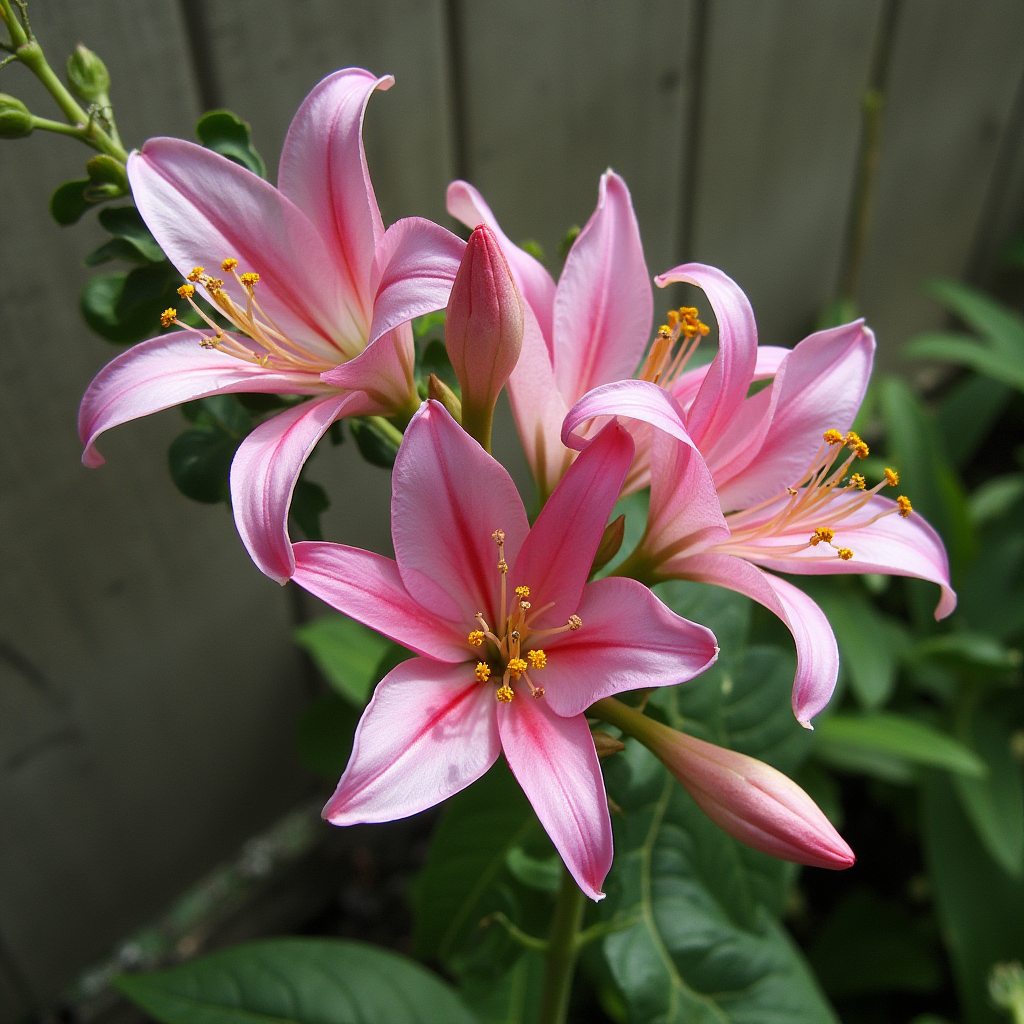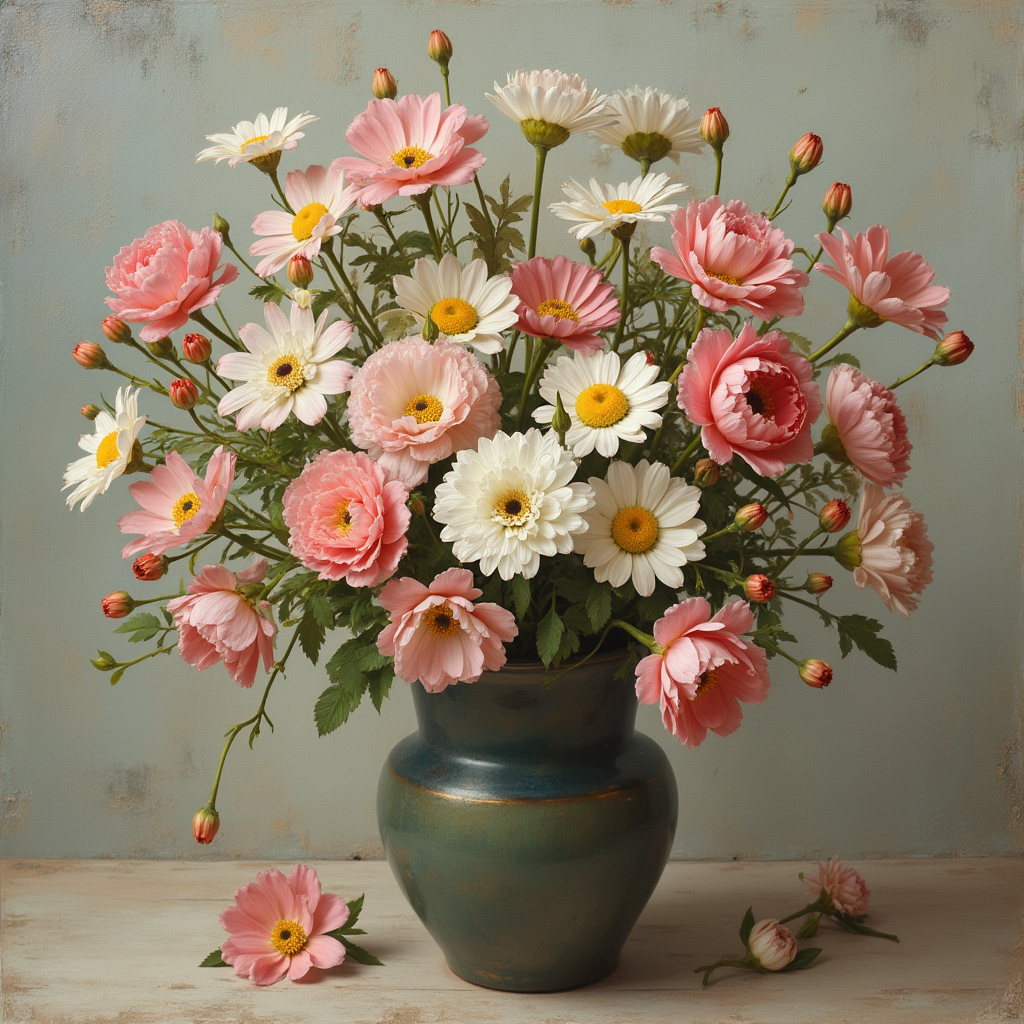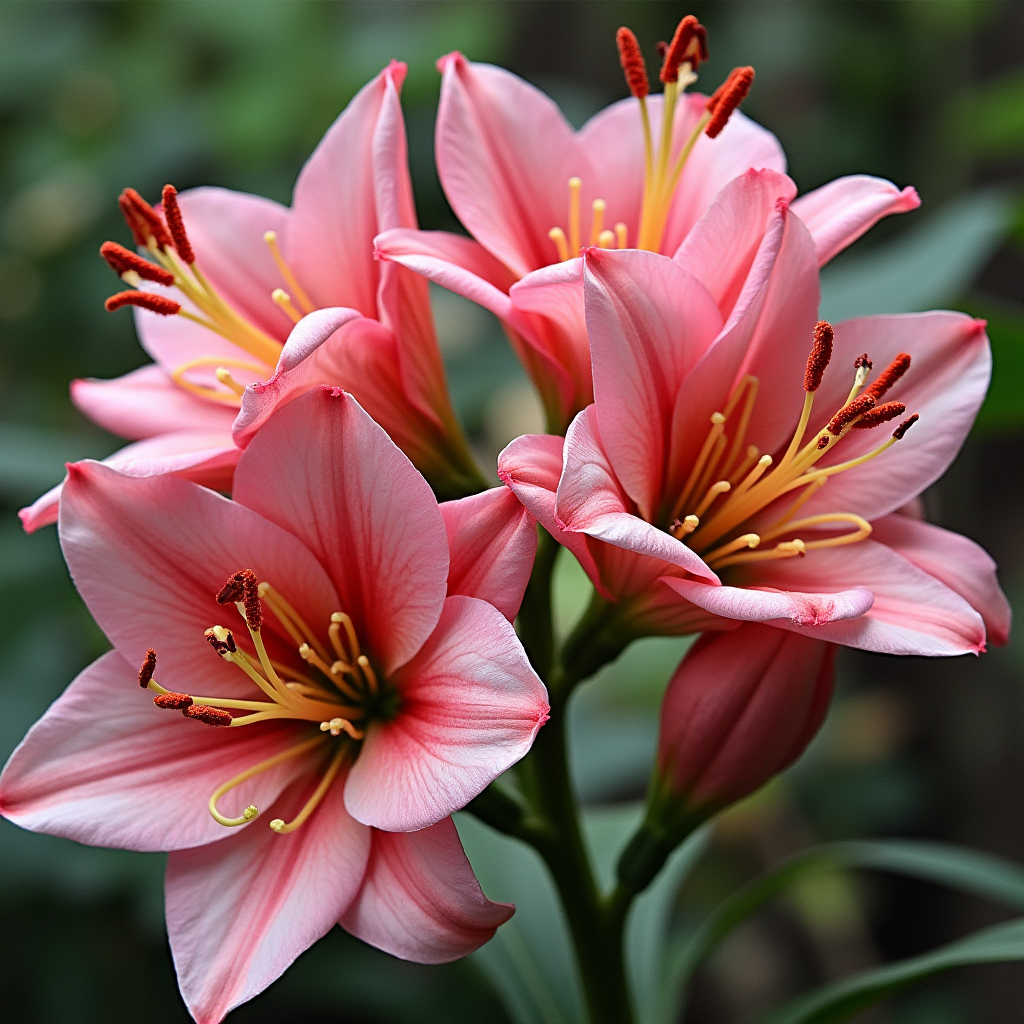Naked ladies flowers are a fascinating and elegant addition to any garden. These flowers, known for their leafless stems and vibrant blooms, often appear suddenly, making them a delightful surprise for gardeners. The term naked ladies typically refers to Amaryllis belladonna, Lycoris squamigera, and Colchicum autumnale. Each of these species has unique characteristics and care requirements.

For a deeper understanding of their botanical background, check out Wikipedia’s guide on Amaryllis belladonna, where you’ll find details on its origins and growth habits.
Table of Contents
What Are Naked Ladies Flowers?
Naked ladies flowers are perennials known for their unusual blooming cycle. These plants grow foliage in spring, which dies back before the flowers emerge in late summer or fall, giving them a “naked” appearance. The three most commonly recognized species include:
- Amaryllis belladonna – Native to South Africa, it produces fragrant, trumpet-shaped pink flowers.
- Lycoris squamigera – Often called surprise lily or resurrection lily, it blooms suddenly in mid-to-late summer.
- Colchicum autumnale – Known as autumn crocus, this species blooms in the fall with striking purple or pink flowers.
To learn more about Lycoris squamigera and its blooming pattern, visit Wikipedia’s page on Lycoris squamigera.
How to Grow Naked Ladies Flowers
1. Choosing the Right Location
- These flowers thrive in well-drained soil with full to partial sunlight.
- They are drought-tolerant and prefer dry conditions during dormancy.
2. Planting Guidelines
- Bulb Planting Depth: Plant bulbs with their necks at or just above soil level.
- Spacing: Place bulbs 12-15 inches apart to allow proper growth.
- Season: Best planted in late summer or early fall.
For an expert planting guide, check out Dutch Grown’s growing guide on Amaryllis belladonna.

Caring for Naked Ladies Flowers
1. Watering and Fertilization
- Water moderately during active growth but avoid overwatering to prevent bulb rot.
- Apply a balanced, slow-release fertilizer in early spring to support growth.
2. Pests and Disease Management
- Generally pest-resistant, but watch for slugs and snails.
- Ensure proper air circulation to prevent fungal infections.
Propagation Methods
1. Division
- Divide bulbs every 4-5 years to maintain healthy growth.
- Replant divided bulbs in late summer or fall.
2. Seed Propagation
- A slow method; may take several years to bloom.
- Sow seeds in a moist, well-drained soil and keep under partial shade.
Landscaping Uses
Naked ladies flowers are an excellent addition to gardens because of their late-season blooms and vibrant colors. They work well as:
- Border plants to add height and color.
- Companion plants with evergreens for contrast.
- Naturalized bulbs in rock gardens or wildflower meadows.
Are Naked Ladies Flowers Toxic?
1. Toxicity Information
- All parts of these plants contain toxic alkaloids, including lycorine, which can cause vomiting or diarrhea if ingested.
2. Safety Precautions
- Keep plants away from pets and children.
- Wear gloves when handling bulbs to avoid skin irritation.
Frequently Asked Questions (FAQs)
1. When is the best time to plant naked ladies bulbs?
The best time to plant is fall in zones 6 or warmer, or spring in colder regions.
2. Why aren’t my naked ladies blooming?
They may need a few years to establish or more sunlight.
3. Can naked ladies flowers grow in containers?
Yes, but use large pots with proper drainage.
4. Are naked ladies deer-resistant?
Yes! Their toxicity makes them unappealing to deer.
Conclusion
Naked ladies flowers offer striking, low-maintenance blooms that surprise gardeners each season. Whether you’re planting Amaryllis belladonna, Lycoris squamigera, or Colchicum autumnale, these flowers will enhance your garden with beauty and resilience. With proper care, they will continue to bloom year after year, adding charm and elegance to any outdoor space.

